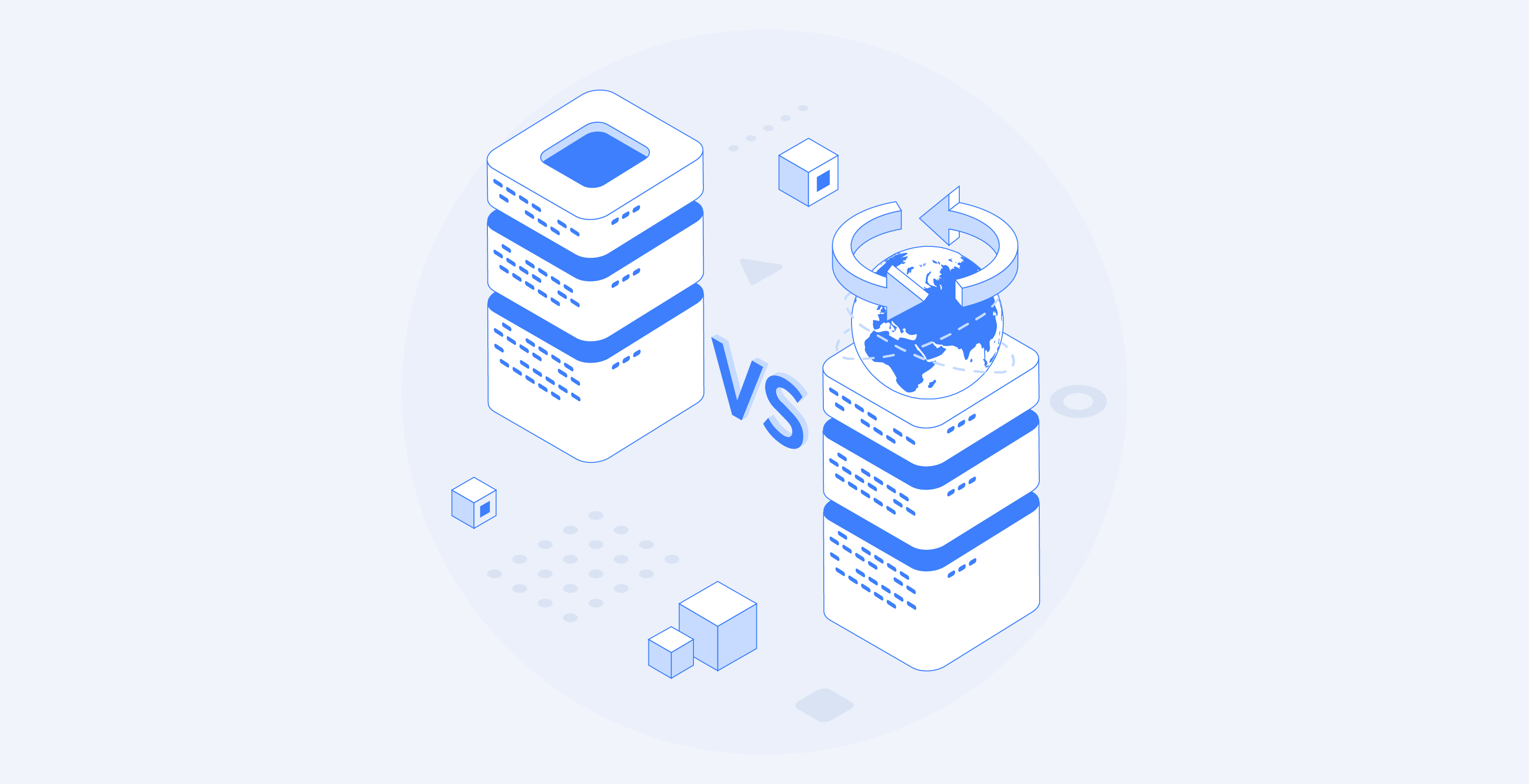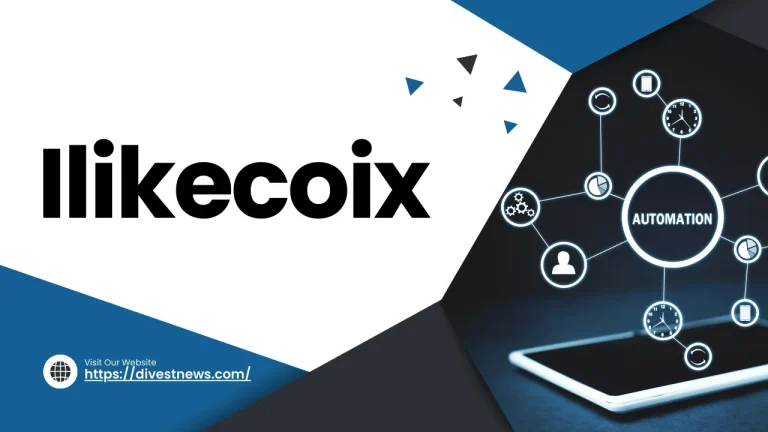Static vs Dynamic Proxies: A Comprehensive Guide to Proxy Types
Proxy servers serve as intermediaries between users and the internet, offering enhanced security, anonymity, and access to geo-restricted content. When it comes to choosing the right proxy type, the debate often centers around static and dynamic proxies. Both have distinct functionalities and applications, making it essential to understand their differences. Let’s explore a comprehensive comparison between static and dynamic proxies to grasp their unique features and use cases.
Learn More: ResiProx
Demystifying Static Proxies
Definition and Features
Static proxies, also referred to as dedicated proxies, assign a fixed IP address to a user. This fixed nature ensures that the IP remains unchanged throughout the session. Static proxies are ideal for scenarios requiring stability, consistent connections, and specific IP-based authentication.
Advantages
- Reliability: Static proxies offer stable connections, particularly beneficial for tasks where a constant IP is essential.
- Enhanced Security: They provide a dedicated IP, reducing the risk of being blocked or blacklisted by websites due to multiple users sharing the same IP.
- Faster Speeds: As there’s no need for IP changes, static proxies often provide faster speeds and lower latency.
Use Cases
- Social Media Management: Handling multiple social media accounts or automating interactions benefits from static IPs to maintain consistency.
- Market Research: Conducting data collection or competitive analysis requiring uninterrupted access to specific websites or services.
Decoding Dynamic Proxies
Definition and Features
Dynamic proxies, also known as rotating proxies, operate with a pool of IP addresses that change either at predetermined intervals or after each request. These proxies offer a higher level of anonymity and agility by constantly cycling through various IPs.
Advantages
- Anonymity and Versatility: Dynamic proxies offer enhanced anonymity by frequently changing IPs, making it challenging for websites to track user activity.
- Evasion of Restrictions: They help bypass IP bans or anti-scraping measures by presenting different IPs for each request.
- Scalability: Dynamic proxies can handle high-volume tasks efficiently due to the vast pool of IPs available.
Use Cases
- Web Scraping: Extracting data from websites without being blocked benefits significantly from dynamic proxies due to their IP rotation capabilities.
- Ad Verification: Checking advertisements across multiple locations without detection or triggering security measures.
Making the Right Choice
Considerations
- Nature of Activities: Determine if a consistent IP (static) or varied IPs (dynamic) better serve the purpose of your tasks.
- Budget and Scale: Evaluate the cost implications and scalability needed for your project, considering pricing models associated with each proxy type.
- Target Platforms: Some platforms or services might have specific requirements favoring either static or dynamic proxies.
Conclusion
Choosing between static and dynamic proxies involves weighing factors such as stability, security, anonymity, and scalability. While static proxies ensure reliability and consistency, dynamic proxies offer enhanced anonymity and adaptability. Understanding the strengths and applications of each proxy type empowers users to select the most suitable option for their specific requirements, enabling smoother and more secure online interactions.






